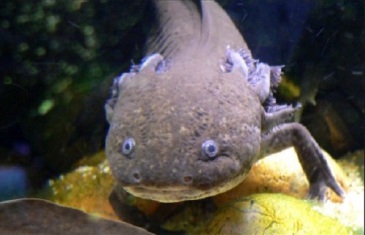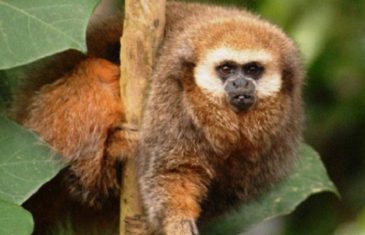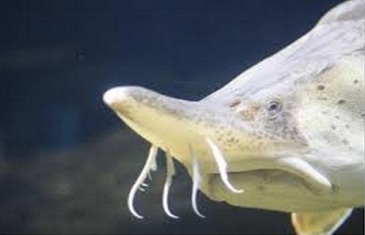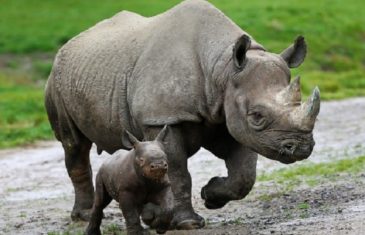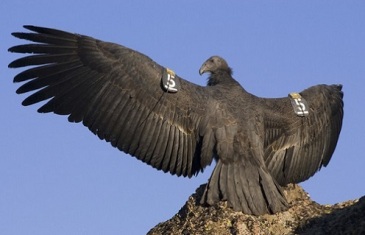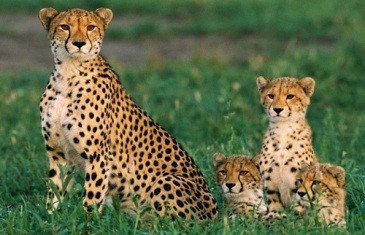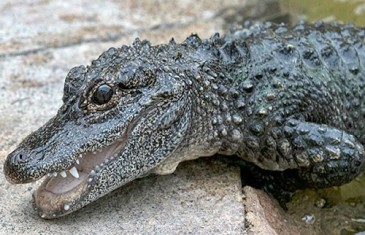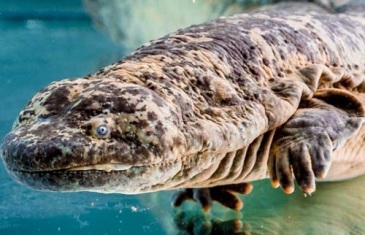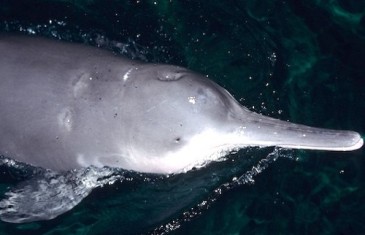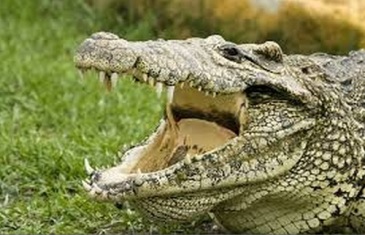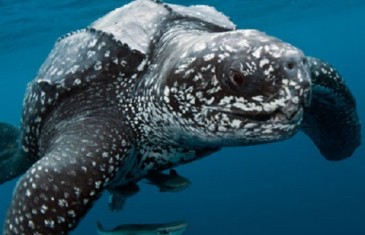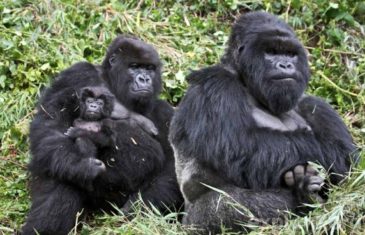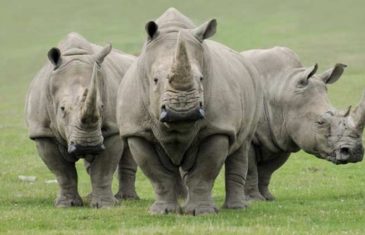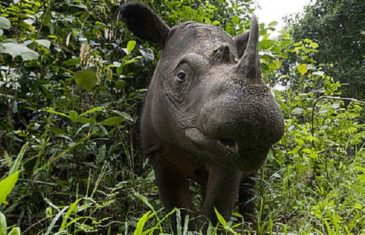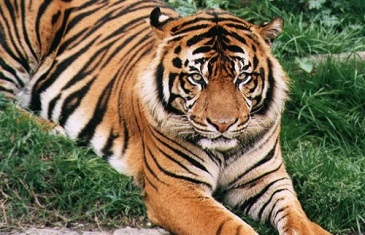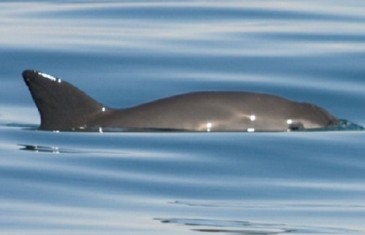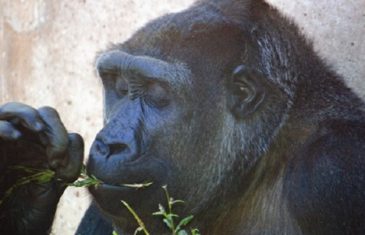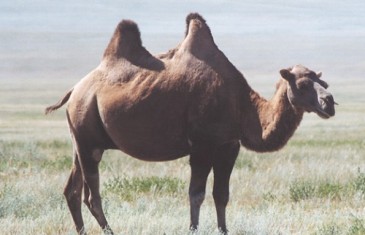Critically Endangered animals as classified by the International Union for the Conservation of Nature (IUCN) Common Name Scientific Name Status Class Location Ambystoma mexicanum Critically Endangered Mexico Huso huso Critically Endangered Black, Caspian, Azov and Adriatic Seas Diceros bicornis Critically Endangered South Africa, Tanzania, Zimbabwe, Kenya, Namibia Gymnogyps californianus Critically Endangered Southern and Baja […]
Read moreo o Interesting Facts The Andean Titi Monkey belongs to the genus Callicebus. There are 30 species of titis that belong to this genus. The Andean Titi is locally known as “mono tocon” or in the native Awajun language as the “sugkamat”. Their tails are longer than their bodies. Name Scientific Name: Callicebus oenanthe Common Name: San Martin […]
Read more0 Taxonomy Kingdom: Animalia Phylum: Chordata Class: Amphibia Order: Caudata Family: Ambystomatidae Genus: Ambystoma Species: Ambystoma mexicanum Name Scientific name: Ambystoma mexicanum Common name: Axolotl, Mexican salamander, Mexican walking fish, Ajolote. 0 Distribution and Habitat The axolotl is an amphibian native to central Mexico specifically to the high altitude, fresh water lakes Xochimilco and Chalco […]
Read more0 Taxonomy Kingdom: Animalia Phylum: Chordata Class: Actinoptergii Order: Acipenseridae Genus: Huso Species: Huso huso Name Scientific name: Huso huso. Common name: Beluga sturgeon, great sturgeon, giant sturgeon, European sturgeon. 0 Habitat and Distribution The Beluga sturgeon is native to the Black, Caspian, Azov and Adriatic Seas. Historically they have spawn in the Danube, […]
Read moreKingdom Phylum Class Order Family Genus Species Animalia Chordata Mammalia Perissodactyla Rhinocerotidae Diceros D. bicornis o o Conservation The IUCN Red List of Threatened Species lists the Black Rhino as Critically Endangered. The species is listed on CITES Appendix I. International trade in Black Rhinos and their products is prohibited. Fun Facts about Rhinos […]
Read moreTaxonomy Kingdom: Animalia Phylum: Chordata Class: Aves Order: Cathatiformes Family: Cathartidae Genus: Gymnopyps Species: Gymnogyps californianus Name Scientific name: Gymnogyps californianus. Common name: California condor. 0 Physical Features The plumage of the California condor is black with white patches of white feathers on the underside of their wings. These patches are visible when flying. Like their […]
Read more0 Taxonomy Kingdom: Animalia Phylum: Chordata Class: Mammalia Order: Carnivora Family: Felidae Genus: Acinonyx Species: Acinonyx Jubatus 0 Name Common name: Cheetah, hunting leopard. Scientific name: Acinonyx Jubatus. Physical Features Cheetahs have coarse short tan fur with black one inch black spots that serve as camouflage. They are distinguished from other big cats by their smaller size, spotted […]
Read moreTaxonomy Kingdom Phylum Class Order Family Genus Species Animalia Chordata Reptilia Crocodilia Alligatoridae Alligator Alligator sinensis o o Name Common name: Chinese alligator, China alligator, Yangtze alligator. Scientific name: Alligator sinensis. Distribution and Habitat The Chinese alligator is one of two species of alligators found in the world, the other one is the American […]
Read moreTaxonomy Kingdom Phylum Class Order Family Genus Species Animalia Chordata Amphibia Caudata Cryptobranchidae Andrias Andrias davidianus , There are 3 species of the Cryptobranchidae family: Chinese giant salamander, Japanese giant salamander and North America Hellbender. Name Common name: Chinese giant salamander. Scientific name: Andrias davidianus. Distribution and Habitat The Chinese giant salamander is an amphibian […]
Read moreo o Name Common name: Baiji, Yangtze River Dolphin, Chinese river dolphin, white-fin dolphin, white-flag dolphin. Scientific name: Lipotes vexillifer. Population The total population in the early 1990s was believed to be less than 100 individuals in the wild. The last documented sighting was in 2002. In 2006 an acoustic and visual survey failed […]
Read moreTaxonomy Family Phylum Class Order Family Genus Species Animalia Chordata Reptilia Crocodylia Crocodylidae Crocodylus Crocodylus rhombifer . Cuban crocodile in Hoyerswerda Zoo in Saxony, Germany Name Scientific name: Crocodylus rhombifer Common name: Cuban crocodile Physical Features The Cuban crocodile have powerful legs that give them the ability to jump. They are able to leap from […]
Read moreInteresting Facts The Hawsksbill Sea Turtle is the most endangered of all the turtle species. Its population has declined over 80% in a century. One of the most important reasons for the global decline of the Hawksbill Sea Turtle has been the high demand for its richly patterned shell. It is used in a variety […]
Read moreo o Name Common name: Leatherback, Leatherback Sea Turtle, Leathery Turtle, Trunkback Turtle, Coffinback, Luth. Scientific name: Dermochelys coriacea Conservation Status by Subpopulations East Pacific Ocean subpopulation: Critically Endangered. Nesting females and nests declined by 97.4% during the past three generations. Northeast Indian Ocean subpopulation: Data Deficient. There is insufficient reliable trend data of […]
Read moreInteresting Facts about Gorillas Gorillas are our closest relatives. They share 98% of our genome. American zoologist George B. Schaller was the first scientist to study and observed gorillas. He published his findings in his book “The Mountain Gorilla: Ecology and Behavior” Taxonomy Kingdom: Animalia Phylum: Chordata Class: Mammalia Order Primates Suborder: Haplorhini Family: […]
Read moreDid you know? There are only 3 Northern white rhinos left in the world. They live in a private sanctuary in Kenya. One of them is a male and two are female. Neither female is capable of natural reproduction. There are two subspecies of the White Rhino; the Northern white rhino which is and extinct […]
Read moreInteresting Facts The two species of orangutan, Sumatran Orangutan (pongo abelii) and Borneo Orangutan (pongo pygmaeus), genetically diverged about 1.5 million years ago. Orangutans have 32 teeth, the same amount as humans. It is believed that humans and apes had a common ancestor 15 million years ago. They share 97% of their DNA with humans. Orangutans are […]
Read morePopulation and Conservation Status The South China Tiger is the most critically endangered species of tiger in the world. There are about two dozen in world in reserves in China and South Africa. According to the International Union for the Conservation of Nature this subspecies may be functionally extinct as it has not been observed […]
Read moreInteresting Facts Tokyo Tsukiji Market is the largest wholesale market of Southern blue fish tuna. In 2013 a 222 kl tuna was sold for $1.8 million or $8,000 a kilogram. This species was previously considered as a subspecies of the or the Recreational and game fishers of Southern Bluefin Tuna is allowed in Australia and […]
Read moreInteresting Facts A calf born in the Cincinnati Zoo in Ohio was the first Sumatran Rhinoceros born in captivity in over 100 years. There are fewer than 250 Sumatran Rhinoceros in the wild, they are so endangered that they are one of the rarest large mammals in the world. There are five types of rhinoceros: […]
Read moreTaxonomy Kingdom Phylum Class Order Family Genus Species Animalia Chordata Mammalia Carnivora Felidae Panthera Panthera tigris 0 0 Name Scientific name: Panthera tigris. Common name: Tiger. Distribution There are 8 recognized subspecies of tigers living in 13 Asian countries: India, Nepal, Bangladesh, Bhutan, Myanmar, China, Cambodia, Laos, Myanmar, Malaysia, Vietnam, Russia and North Korea. […]
Read moreo o Name Scientific name: Phocoena sinus Common name: Vaquita, Gulf Porpoise, Gulf of California Porpoise. Vaquita is for “little cow” in Spanish. Conservation Status The vaquita is the most endangered cetacean after the was declared functionally extinct in 2006. Phocoena sinus is listed as Critically Endangered by the IUCN Red List of Threatened Species. […]
Read moreInteresting Facts about Gorillas Gorillas develop twice as fast as humans. Gorillas share 95% of our human genome. A group of gorillas is called troop. The Western Lowland Gorilla is the subspecies that is often found in zoos. American zoologist George B. Schaller was the first scientist to study and observe gorillas. He published […]
Read morePopulation According to the IUCN as of 2004 there were 600 wild Bactrian camels in China and 350 in Mongolia. Population trend is decreasing. Name Scientific name: Camelus ferus. Camelus from the Latin camelus and the Greek Kamelos for “camel”. Ferus from the Greek word ferus meaning “savage” or “wild”. Common name: Mongolian wild camel, wild […]
Read more